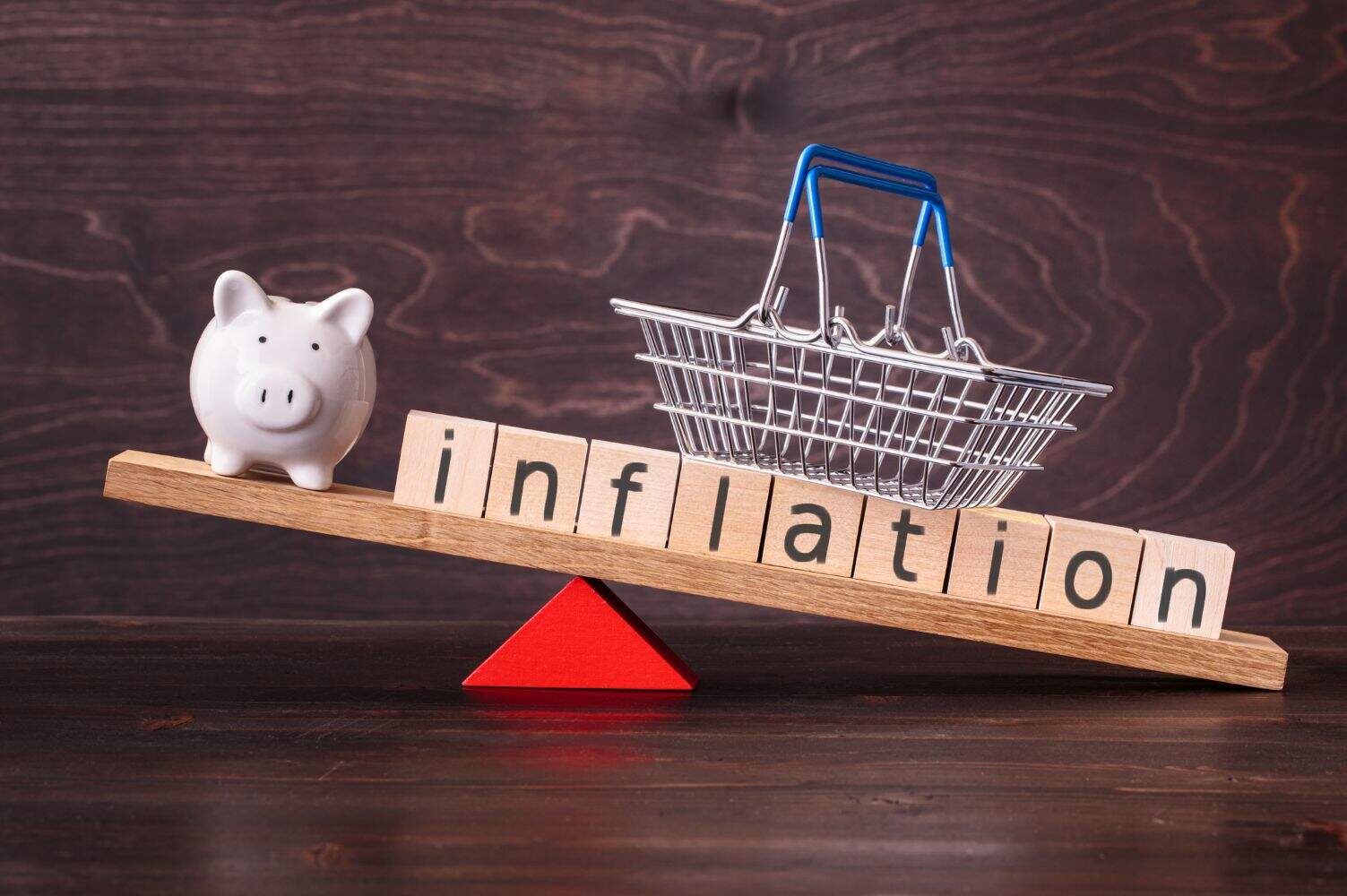Economists disagree whether the inflation rate for July will encourage the Reserve Bank to cut the repo rate

The inflation rate increased by 0.5% from 3% in June to 3.5% in July. Economists expected an increase and say it could drift higher towards the end of the year, although not much. However, they are divided about whether the Reserve Bank will cut the repo rate again this year.
Jee-A van der Linde, senior economist at Oxford Economics Africa, says the sharp increase of 0.5% is due to municipal tariff increases but the overall inflation outlook remains favourable. He expects that headline inflation will drift to slightly above 4% by the end of the year.
“There was a risk of an upside inflation surprise, as July is a high-survey month, with municipal tariff increases typically coming in higher than the headline rate. However, the latest outturn does not change our view of inflation, with the benign outlook still intact.
“These numbers are slightly higher than the 3% inflation preference of the South African Reserve Bank (Sarb), which means monetary authorities have their work cut out to bring down inflation expectations.”
ALSO READ: Inflation at 10-month high due to beef prices, but coffee drinkers will be happy
Monthly inflation for food could continue to slow
Koketso Mano, senior economist at FNB, expects that headline inflation will remain flat in August. “Monthly pressure on food could continue to slow while average fuel prices should detract from monthly headline pressures.
“This will be supported by muted momentum in underlying inflation. Therefore, we should see contained monthly pressure on the headline figure. However, the fading of positive base effects will drive a further lift in annual inflation over the coming months.
“Headline inflation should remain below the midpoint of the target range. Relatively soft inflation will be supported by weak oil prices, a stronger rand and a slow recovery in economic activity. The rise in utility costs, which have tended to surpass headline inflation in history, will continue to place upward pressure on the inflation expectations of households and businesses.”
ALSO READ: Economists’ economic growth outlook steady but remains subdued due to global risks
She says a failure by government to fully subscribe to a 3% inflation target will weaken the efficacy of the Sarb to reduce the inflation target. “As long as many of the costs that consumers face daily remain elevated, the Monetary Policy Committee’s (MPC) reliance on responsive inflation expectations supporting the journey to lower inflation will be at risk.
“Instead, monetary policy may have to restrict activity more than desired to compensate for pricing behaviour that does not quickly adjust to this new objective. Today’s outcome highlights the impact of these input costs in overall inflation dynamics. Had it not been for the rise in utility costs, headline inflation would have been 3.1%.”
Food prices expected to normalise off a low base
Busisiwe Nkonki and Johannes (Matimba) Khosa, economists at the Nedbank Group Economic Unit, say they forecast inflation to still trend moderately higher in the months ahead, mainly driven by food and fuel.
“Food prices will continue to normalise off a low base. Even so, the upward pressure will be contained by favourable weather conditions, which have boosted this season’s harvests. However, the foot-and-mouth disease in some provinces will maintain pressure on meat prices as measures to curb the outbreak are delayed by vaccine shortages.”
Although the Brent crude price is expected to remain subdued due to weak global demand and excess supply, the rand’s volatility could contain the benefit from favourable oil prices. “So far, the rand has been resilient against the weak US dollar, but it is still vulnerable due to the uncertain global environment.
“Despite rising in the coming months, inflation will remain relatively muted, averaging around 3.5% in 2025 from 4.6% in 2024. The benign inflation outlook and moderate domestic demand should provide an opportunity for further rate cuts.”
ALSO READ: Inflation still low enough for repo rate cut, but only in September – economists
However, they believe that the MPC’s preference for a 3% target point will tilt the decision in favour of flat rates at the September meeting but if the Fed presents a dovish statement and cuts by more than 25 basis points on 18 September, the Sarb could cut by 25 basis points on 19 September, without exerting significant pressure on the rand.
Global oil prices remain a key factor for inflation
Casey Sprake, economist at Anchor Capital, believes that several dynamics will shape the inflation trajectory in the coming quarters. “Global oil prices remain a key swing factor, with geopolitical risks remaining an ever-present threat to push fuel costs higher.
“Concurrently, domestic food inflation could remain elevated if disease outbreaks in livestock and poultry persist, or if weather disruptions linked to El Niño affect crop yields. Municipal tariffs will continue to provide a structural floor for inflation, regardless of broader price trends.”
Sprake points out that against this backdrop, the Sarb’s new inflation preference of 3% sparked debate, with critics arguing that the bar may be set unrealistically low given South Africa’s structural cost pressures, such as electricity shortages, high administered prices and volatile food costs that are largely beyond the reach of monetary policy.
However, proponents counter that anchoring expectations at 3% could, over the long run, lower risk premiums, improve investment confidence and reduce the vulnerability of households to inflation shocks, Sprake says.
“Ultimately, the coming quarters will test the credibility of the Sarb’s new framework. Should inflation stabilise around 3%–4% as expected, the central bank will have some room to ease policy gradually, helping support a weak economy.
“However, if food, fuel and utility costs prove stickier than anticipated, the Sarb may find itself constrained, forced to maintain tighter conditions even as growth remains sluggish. July’s inflation print is therefore more than a statistical blip but a reminder of the delicate trade-offs the country faces as it navigates the intersection of cost-of-living pressures, monetary policy credibility and long-term economic recovery.”






